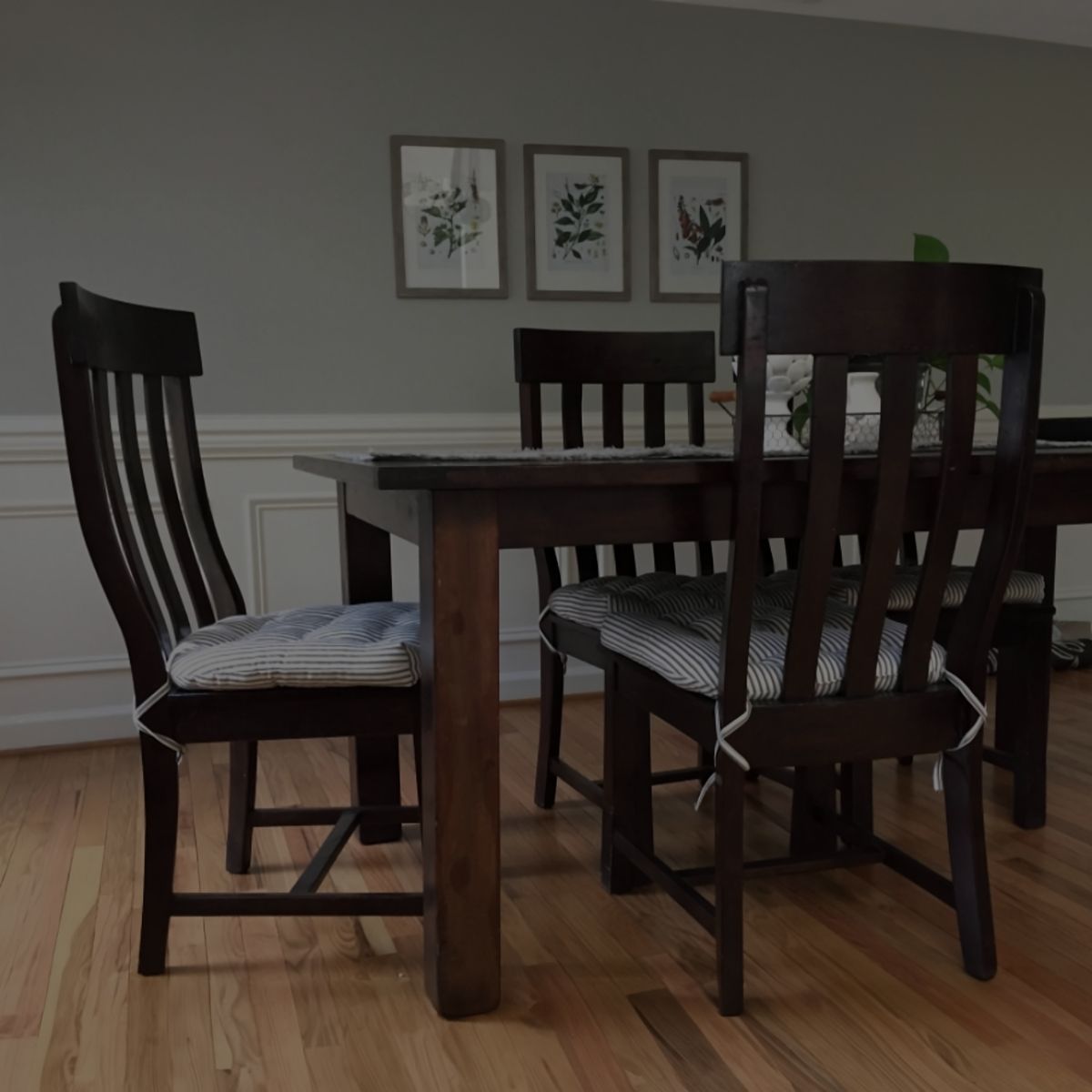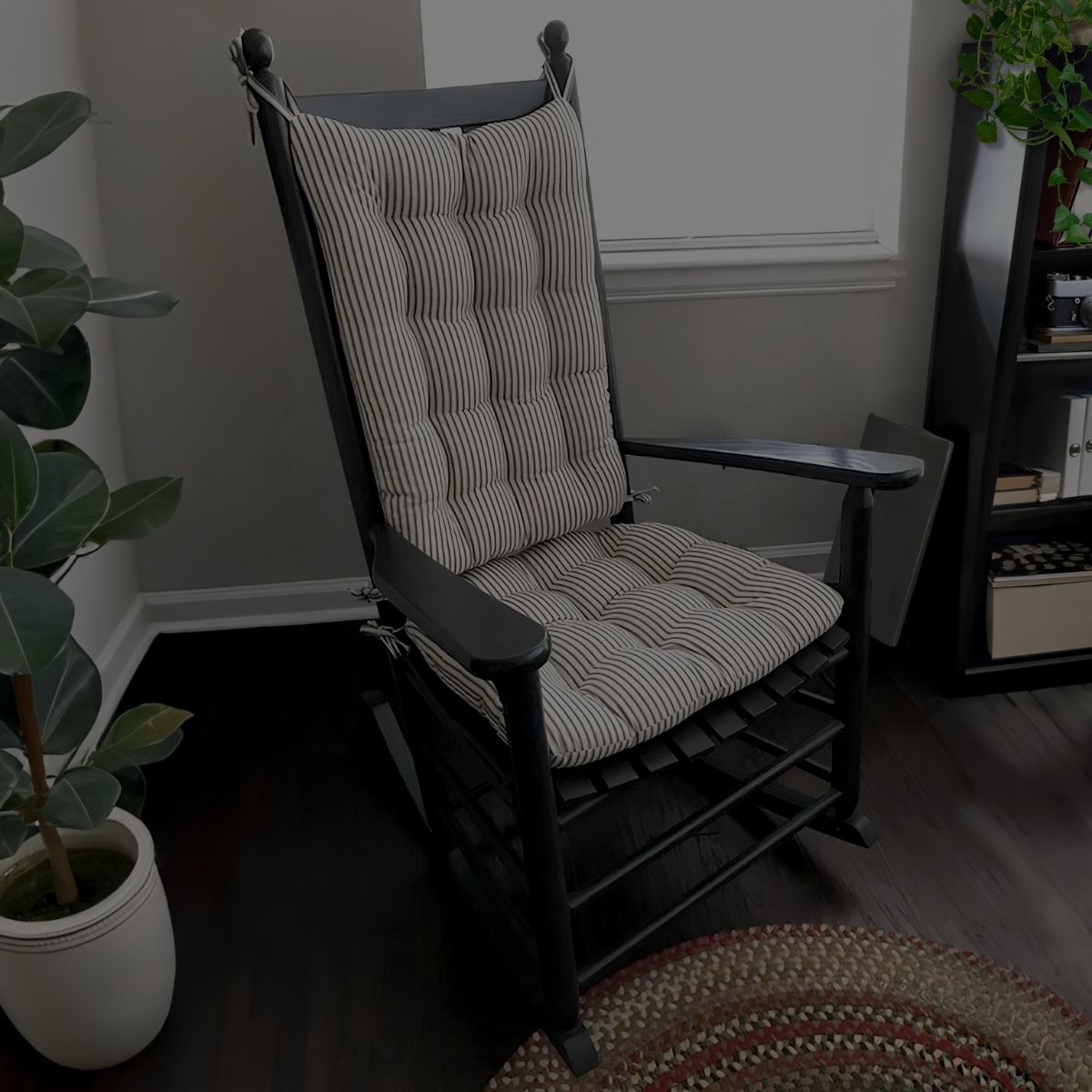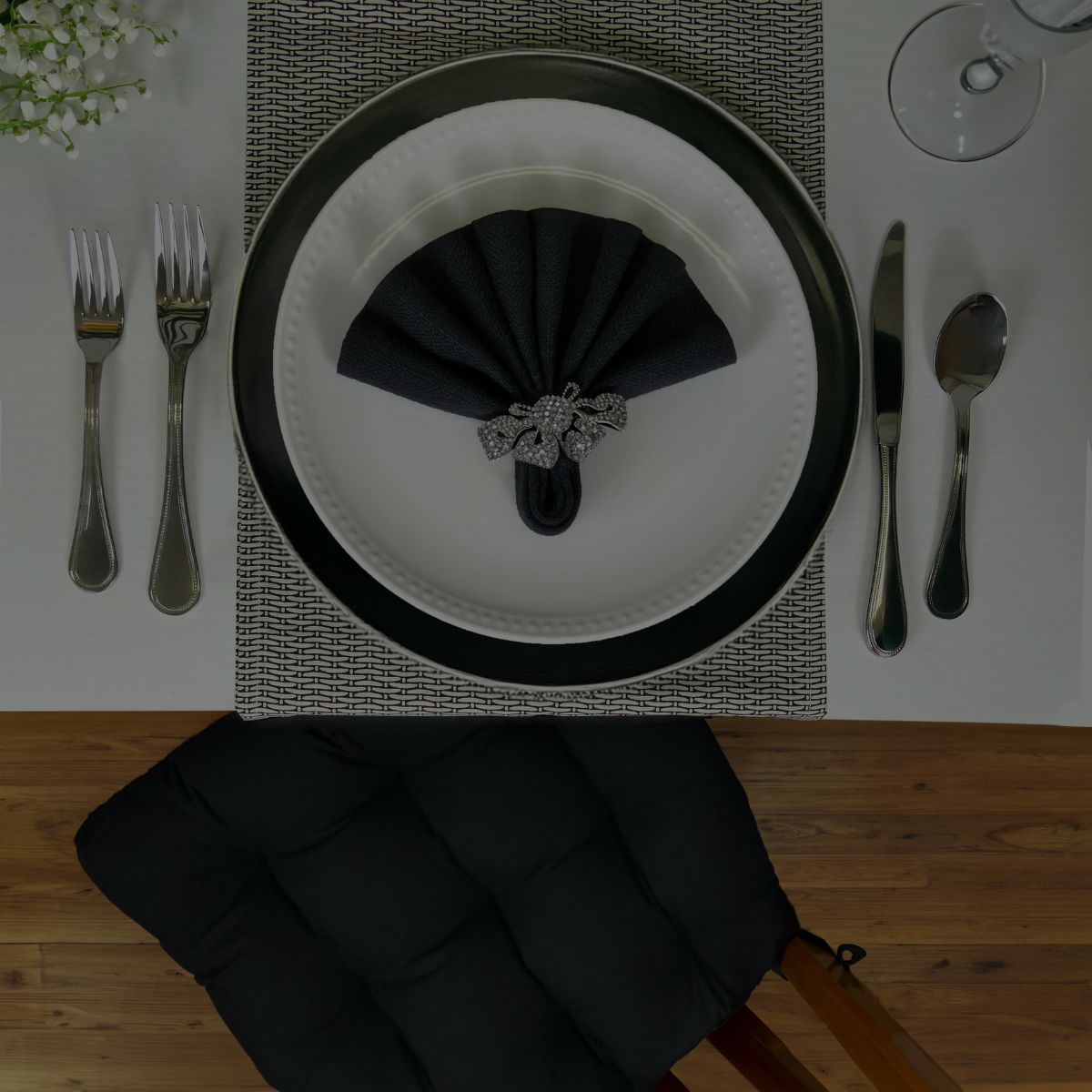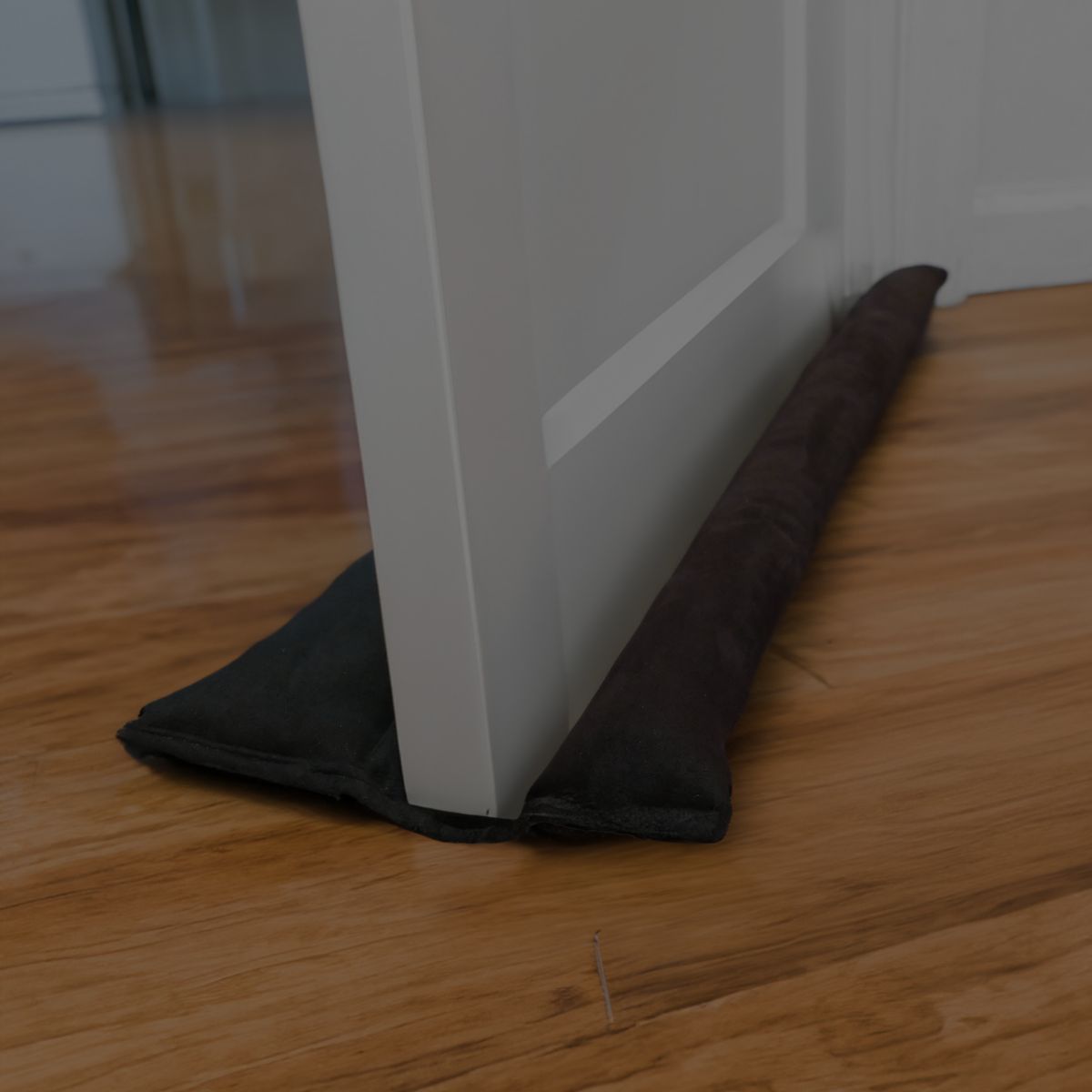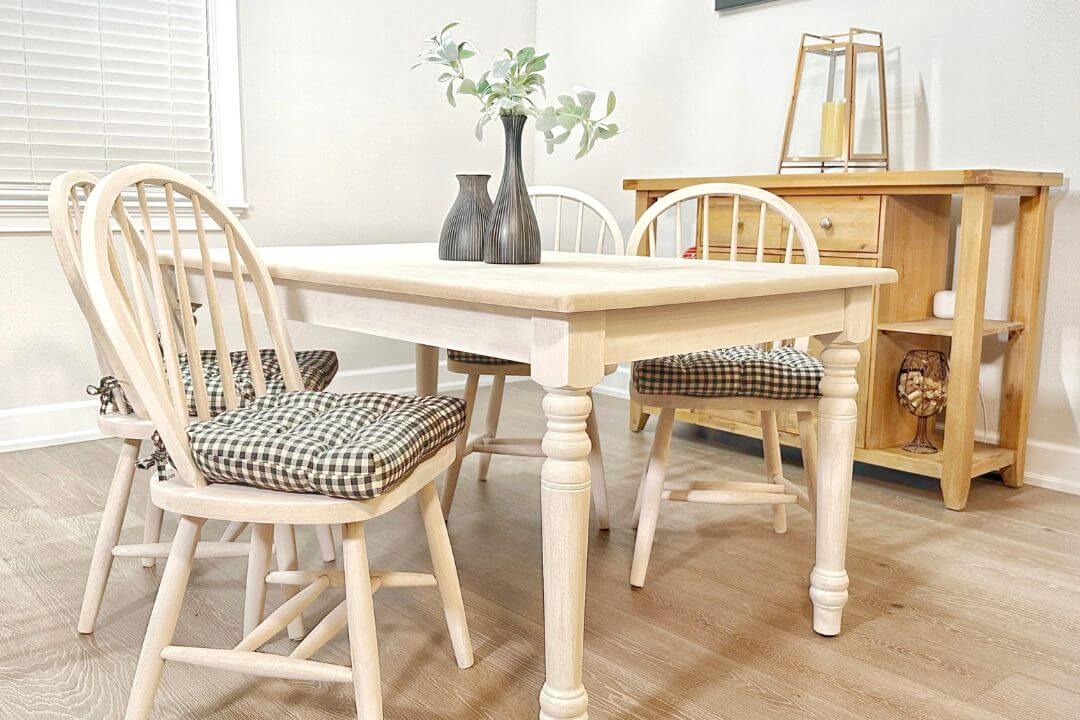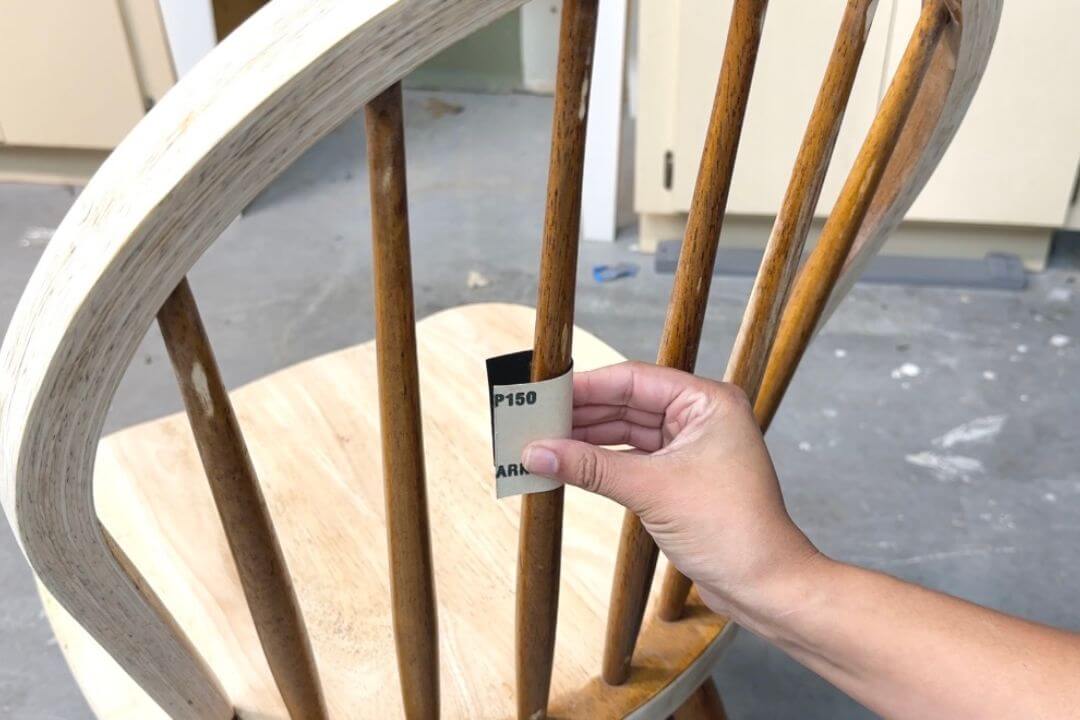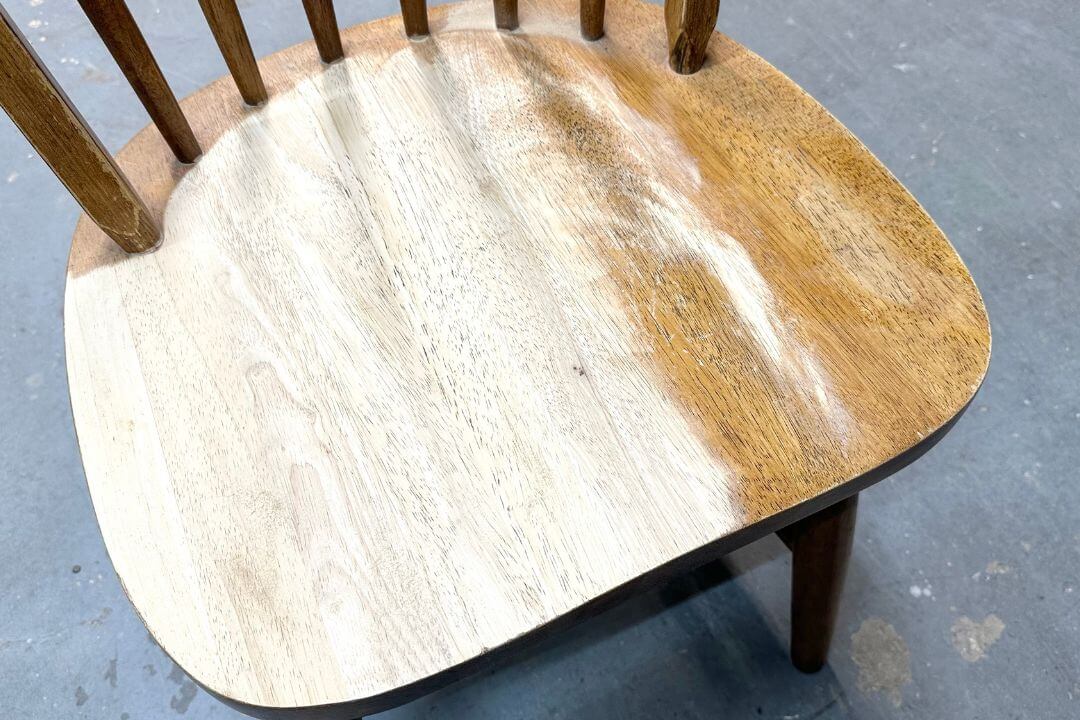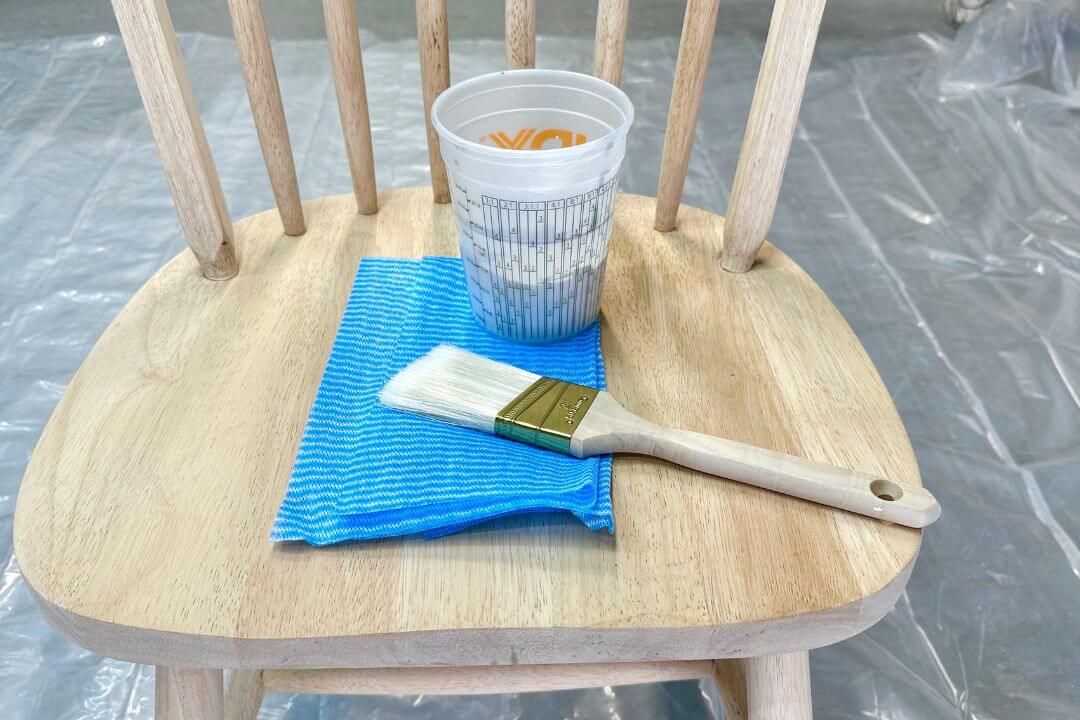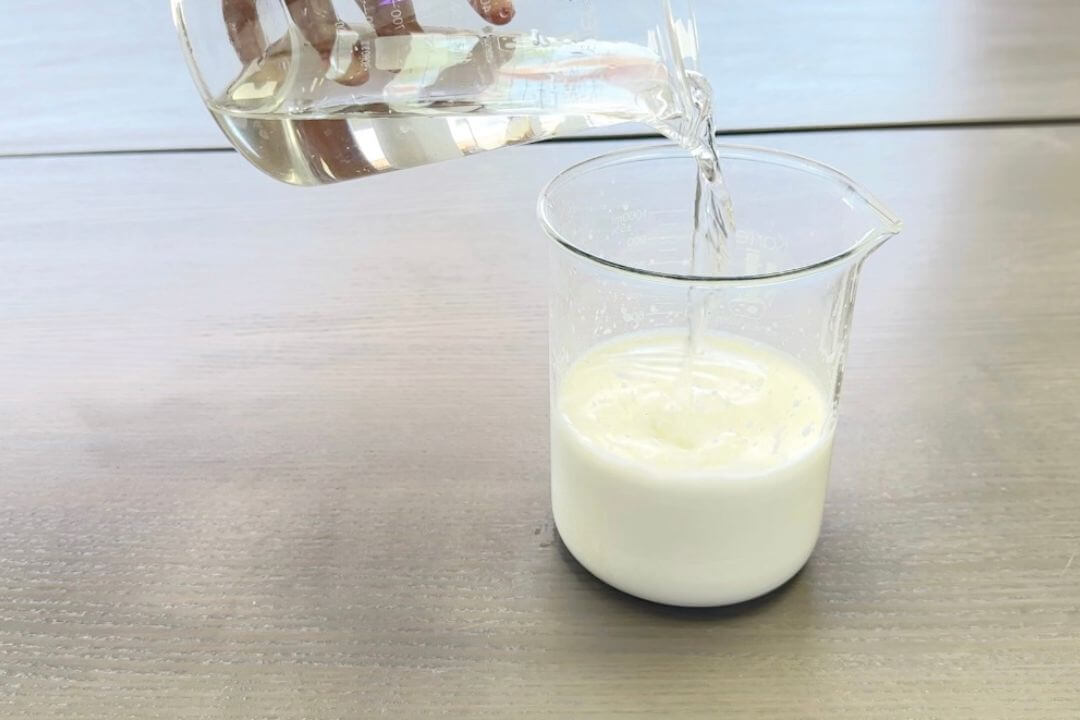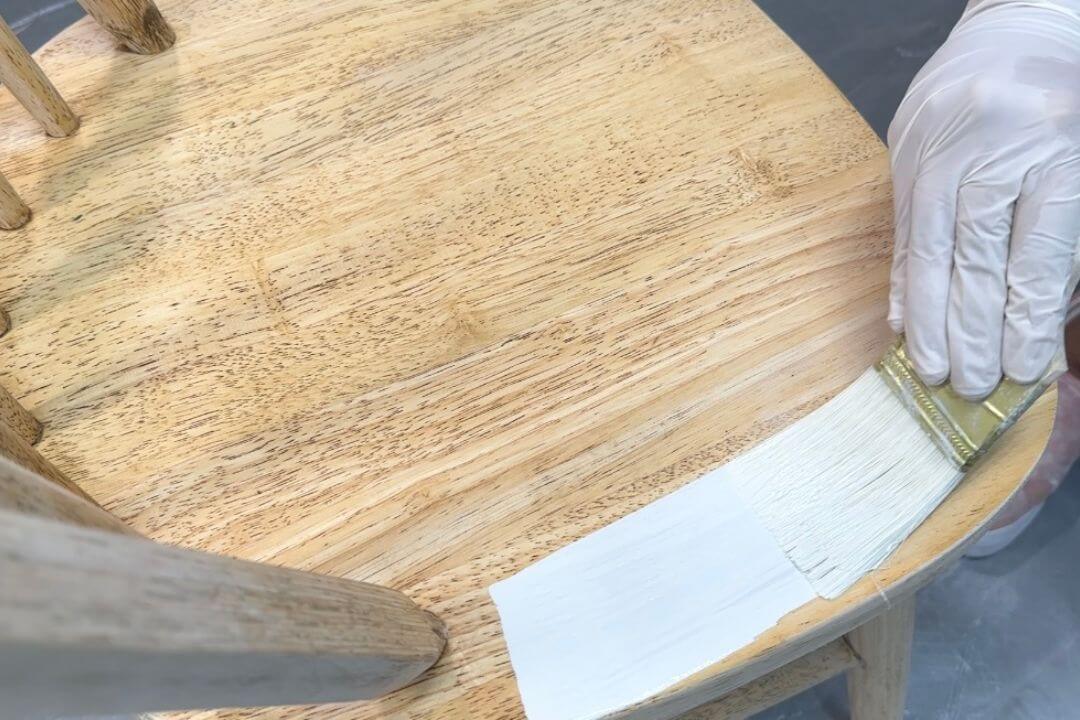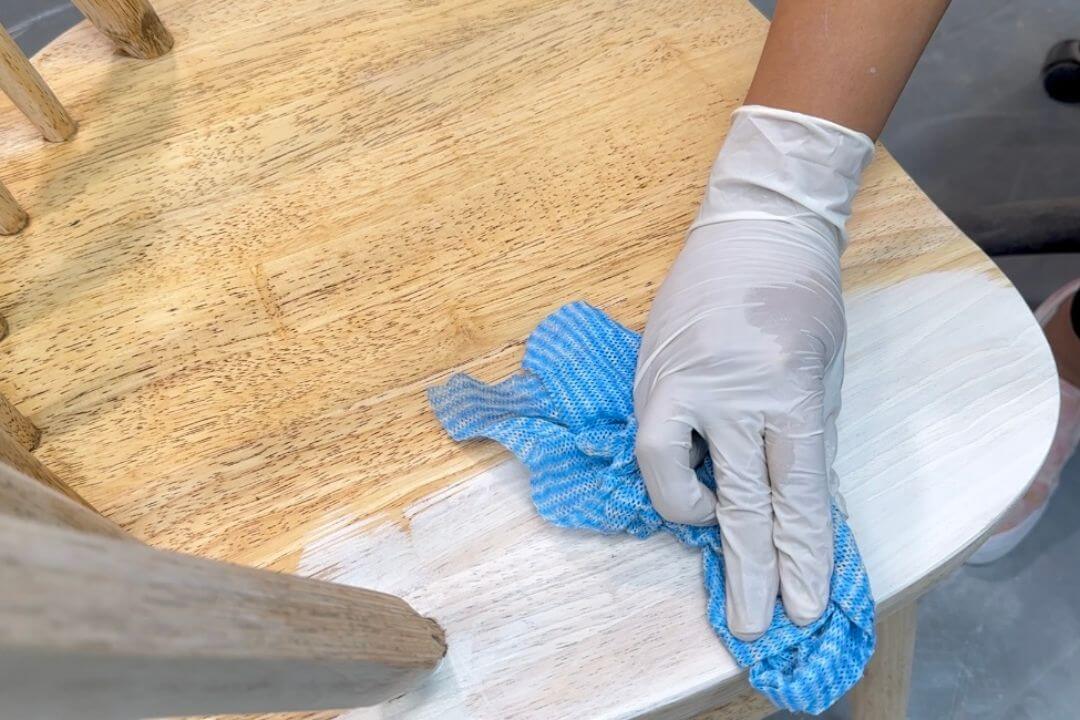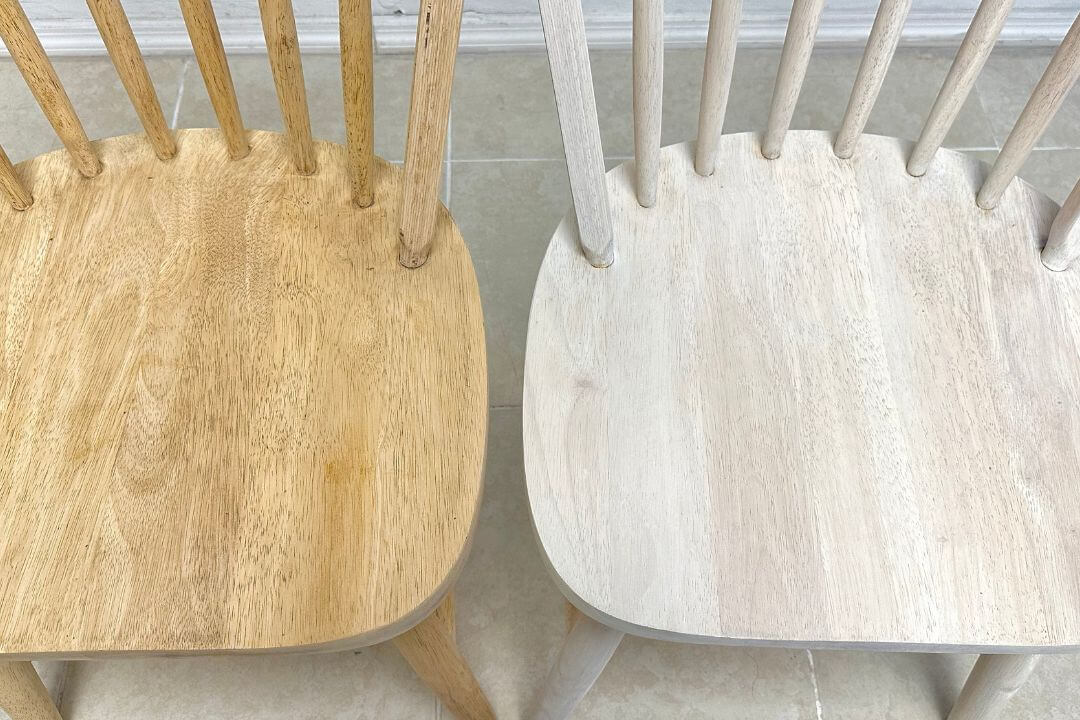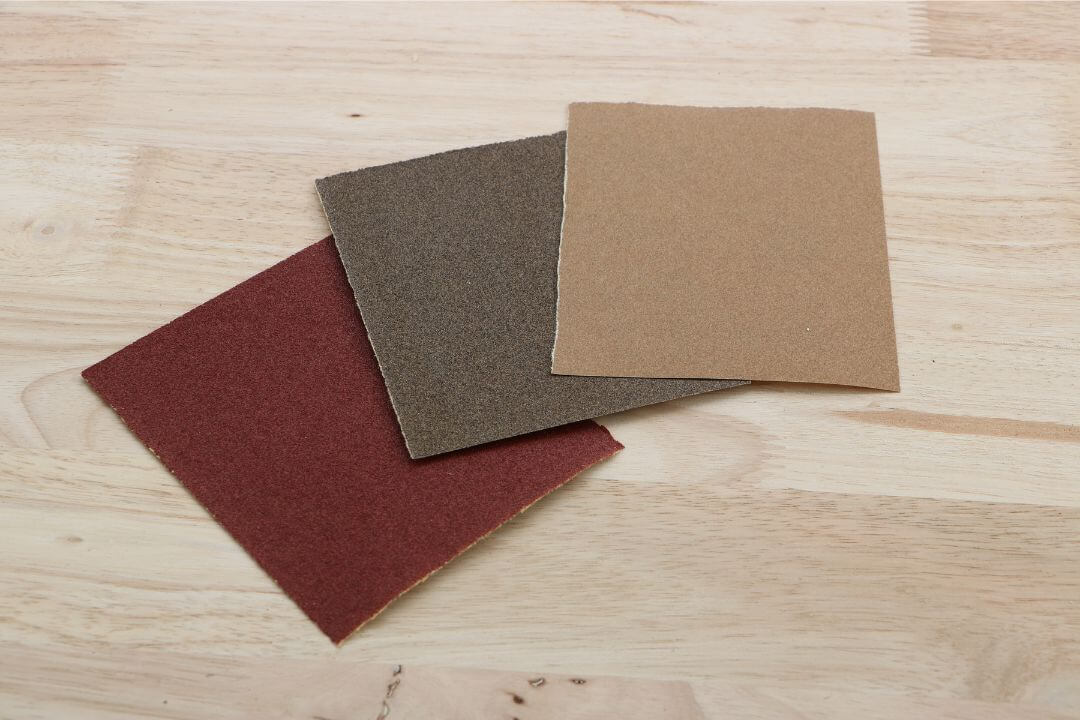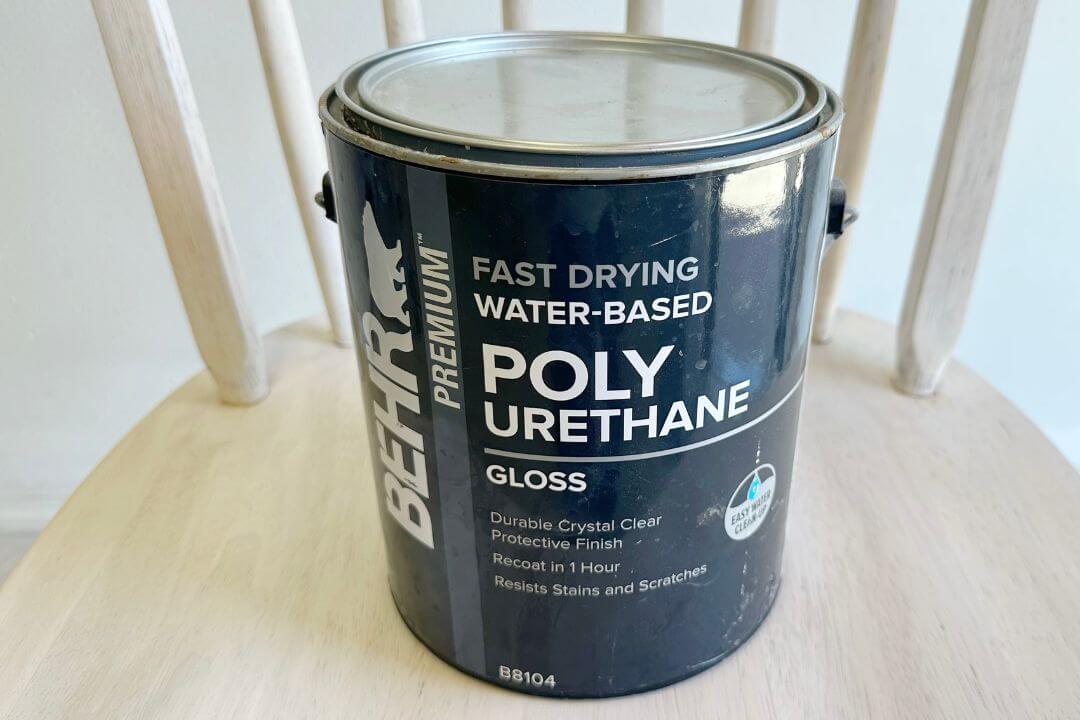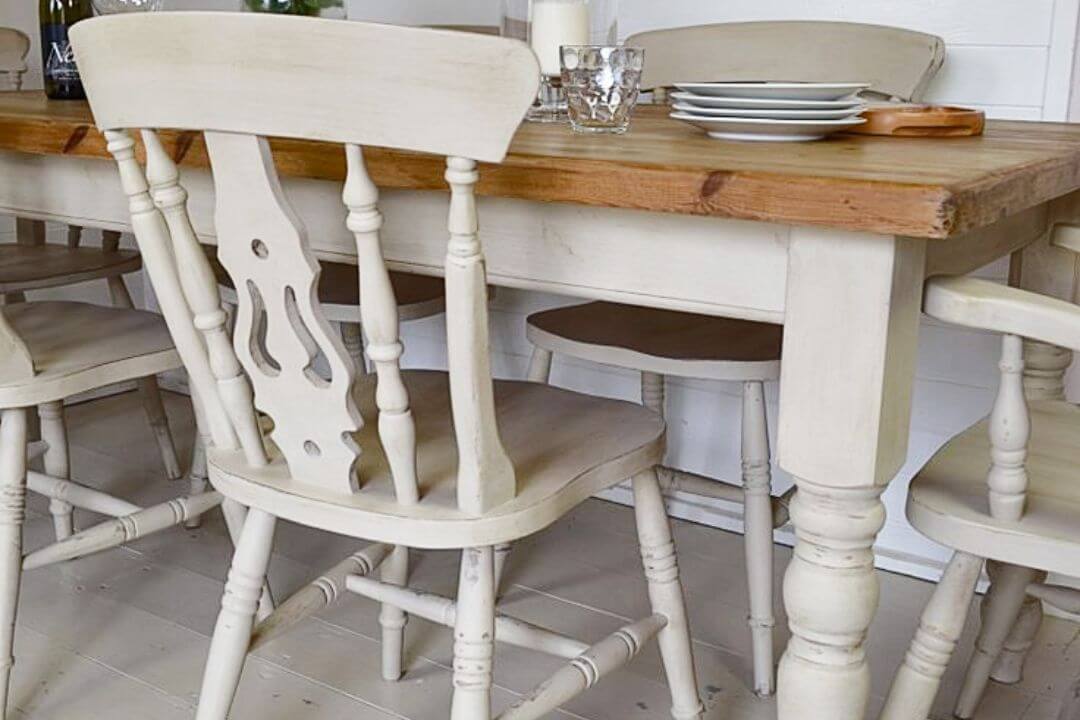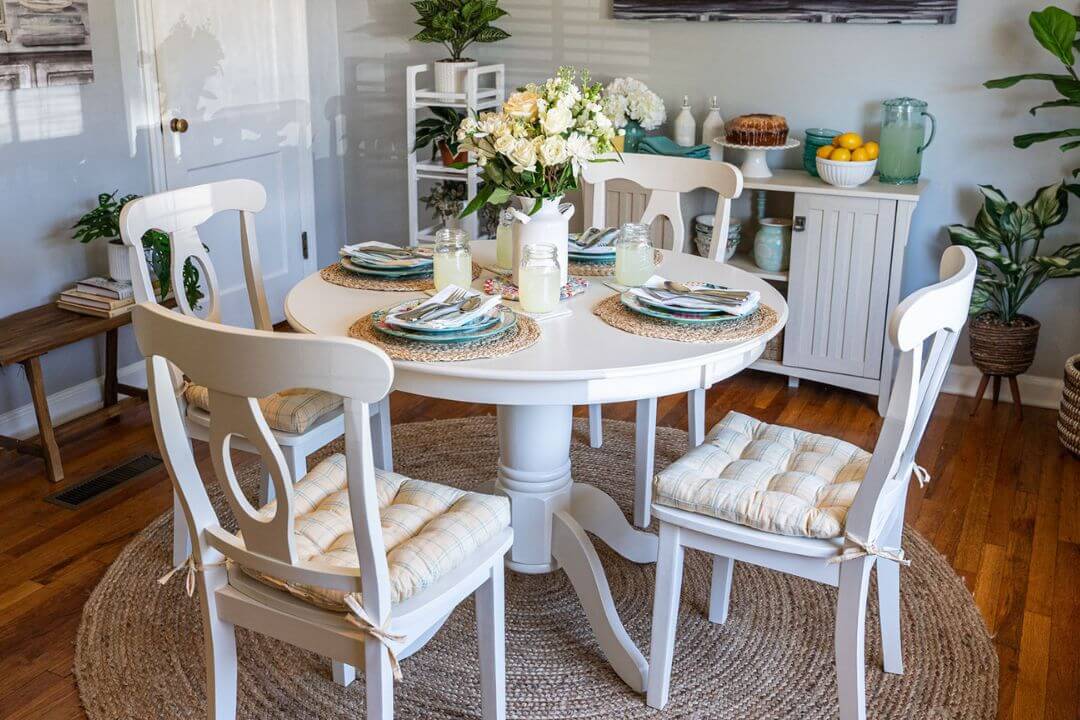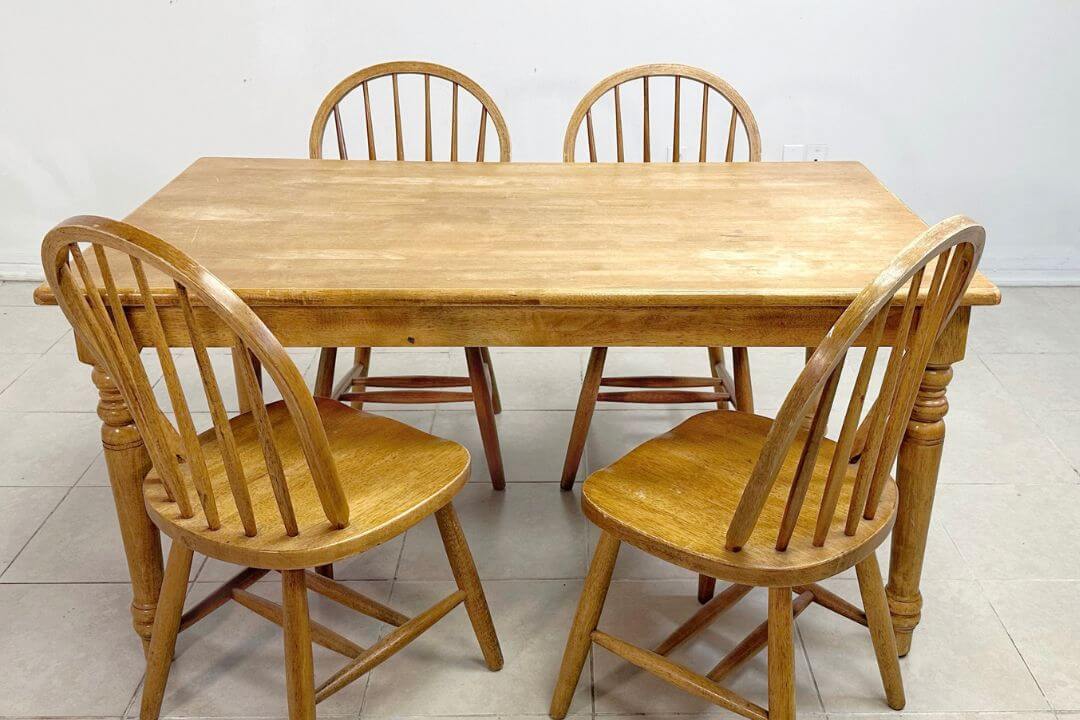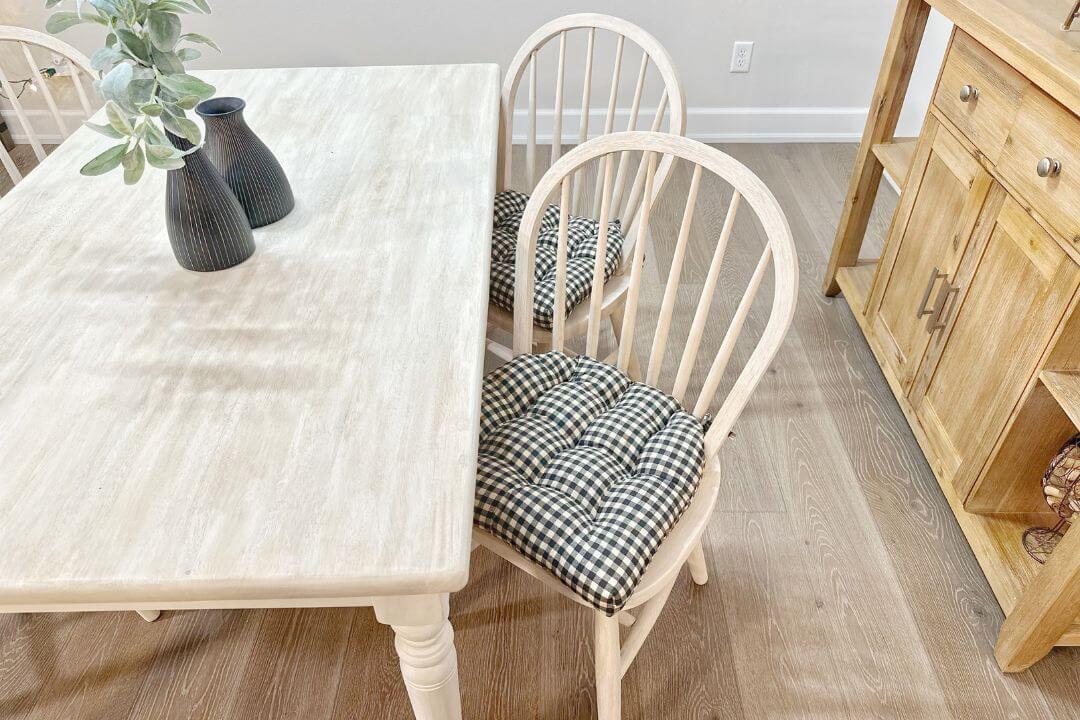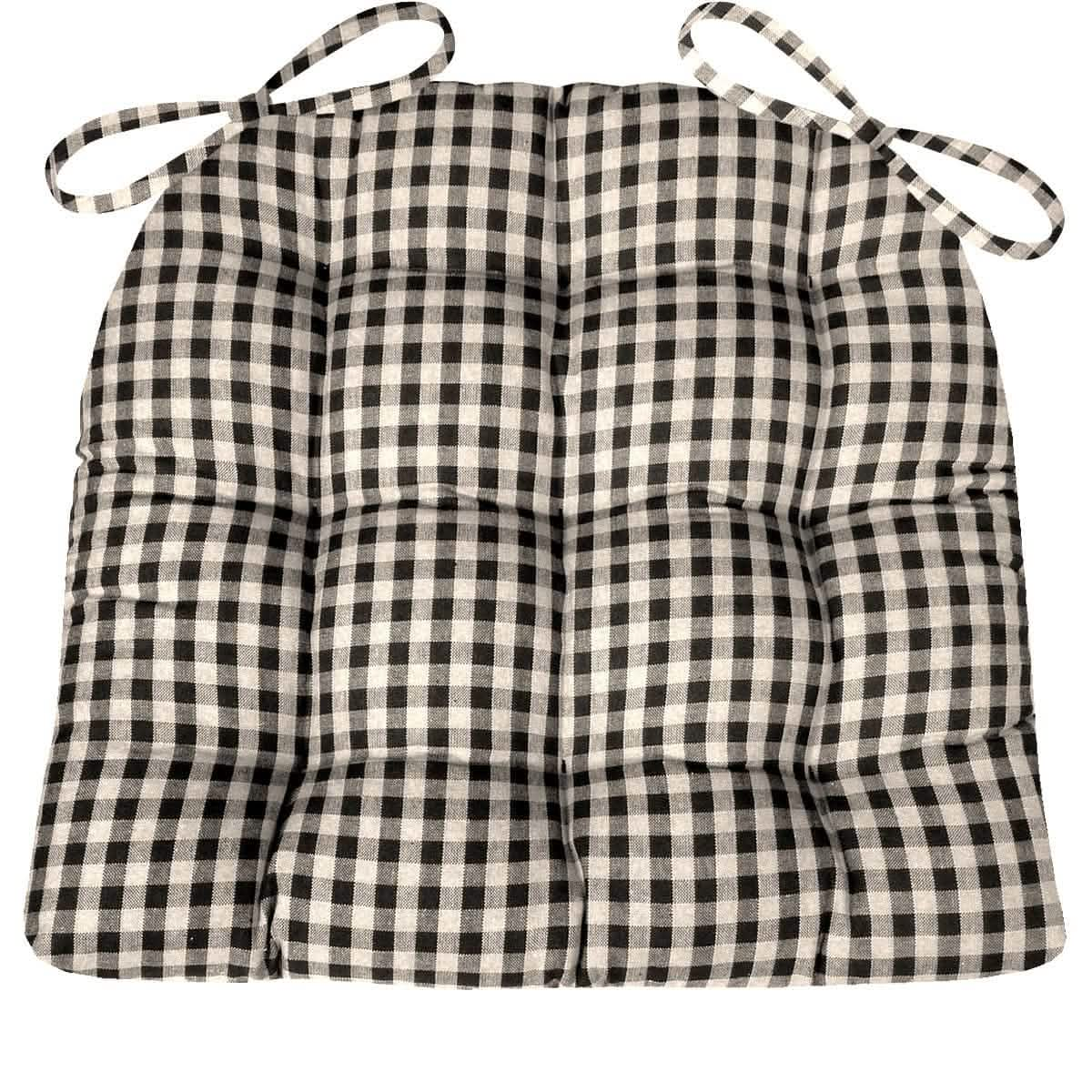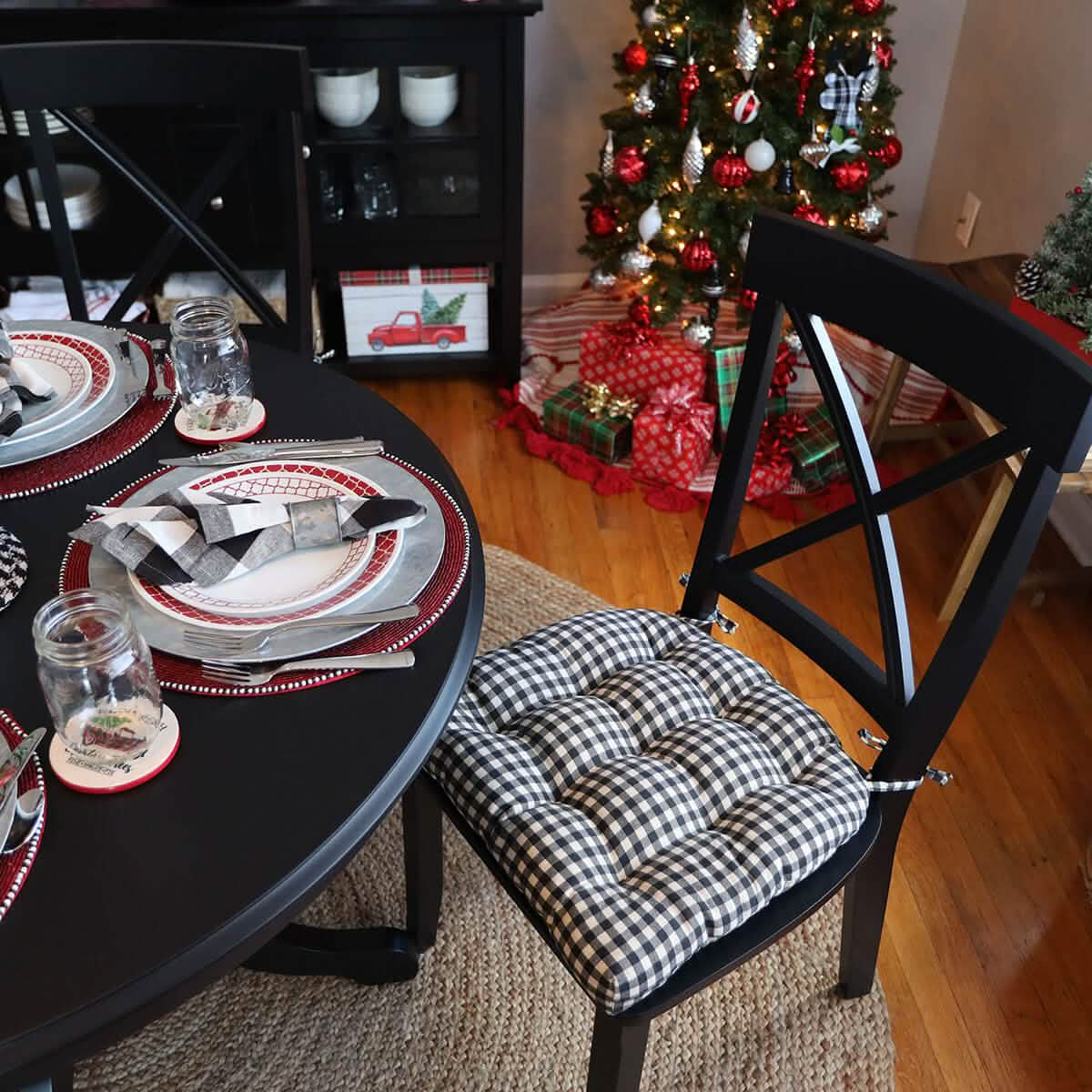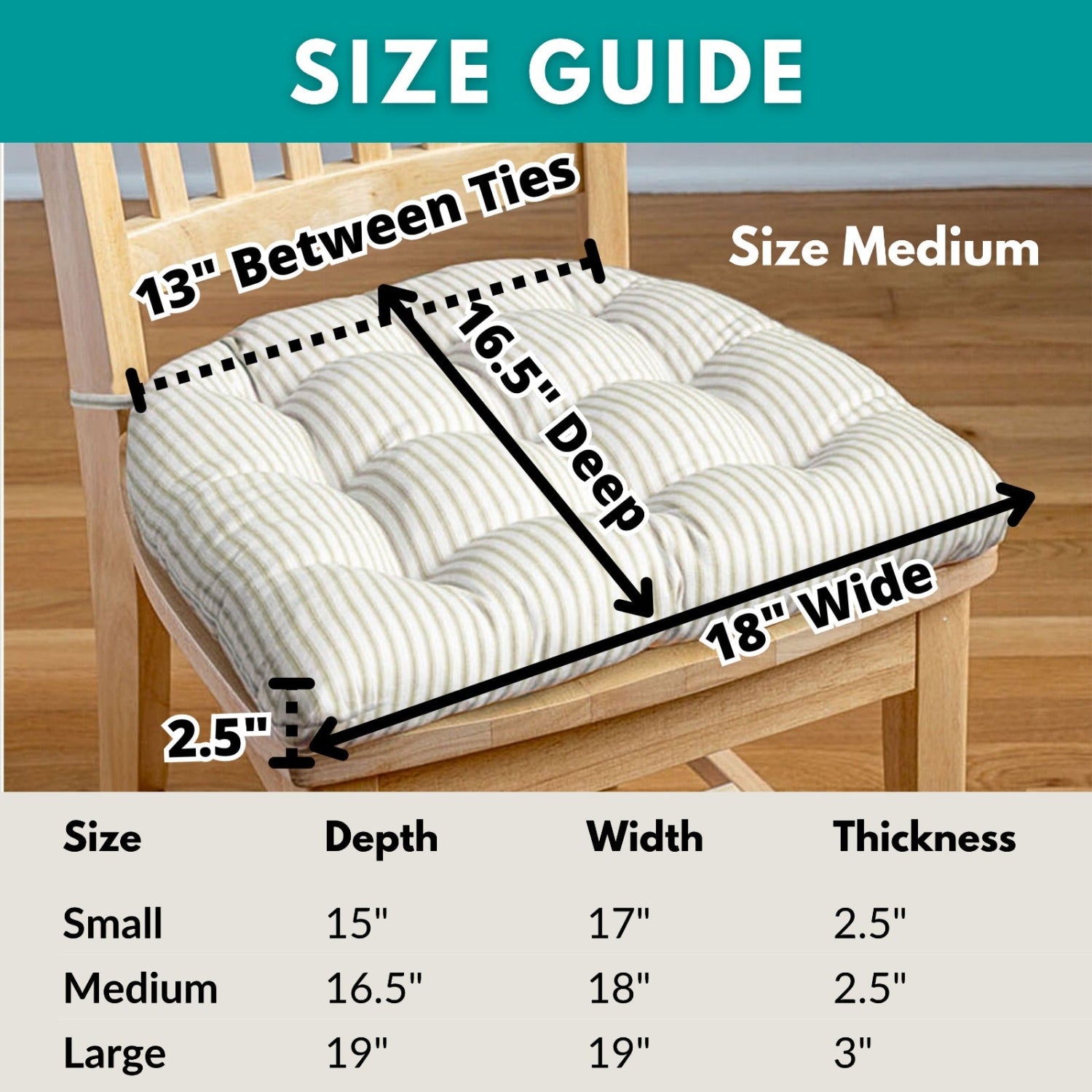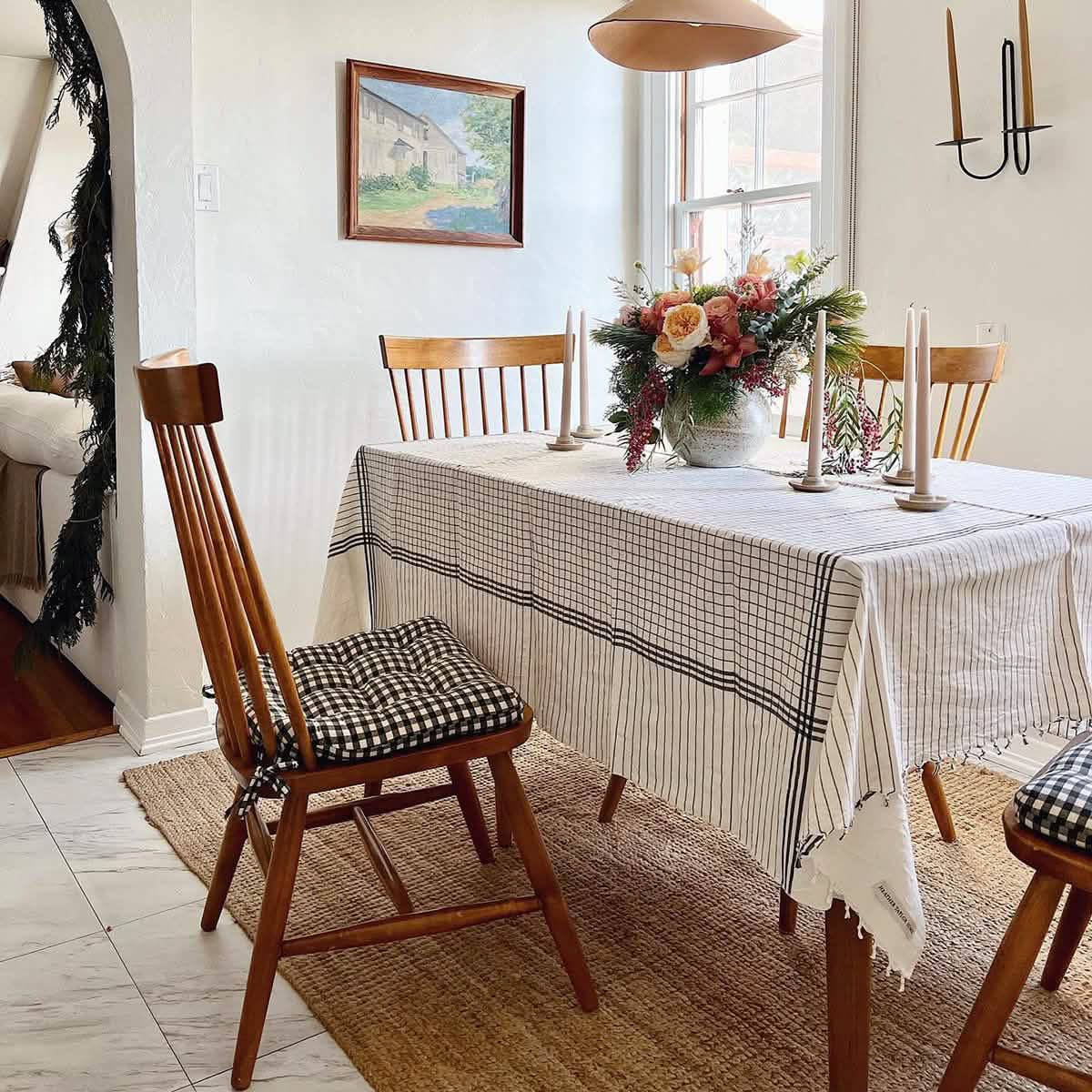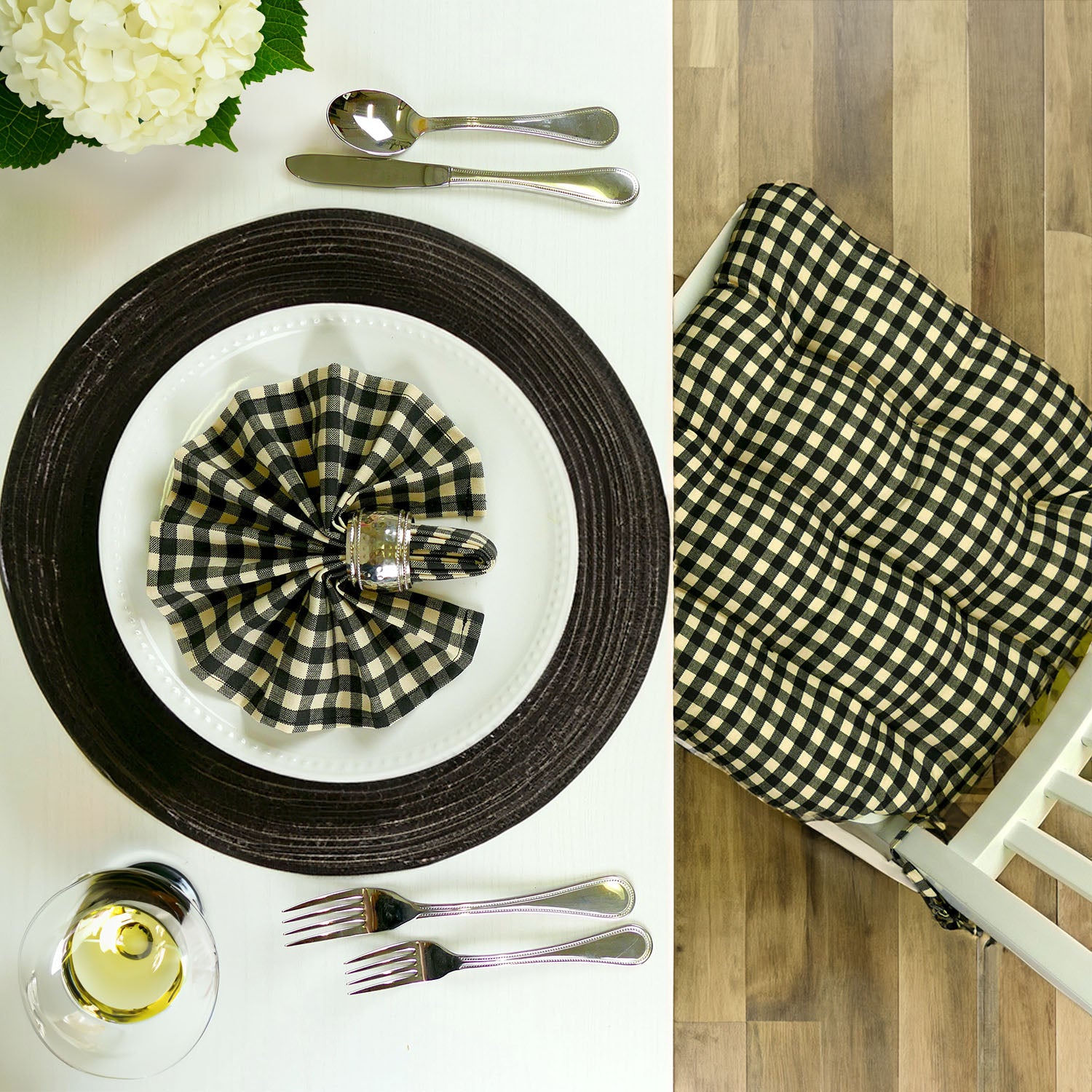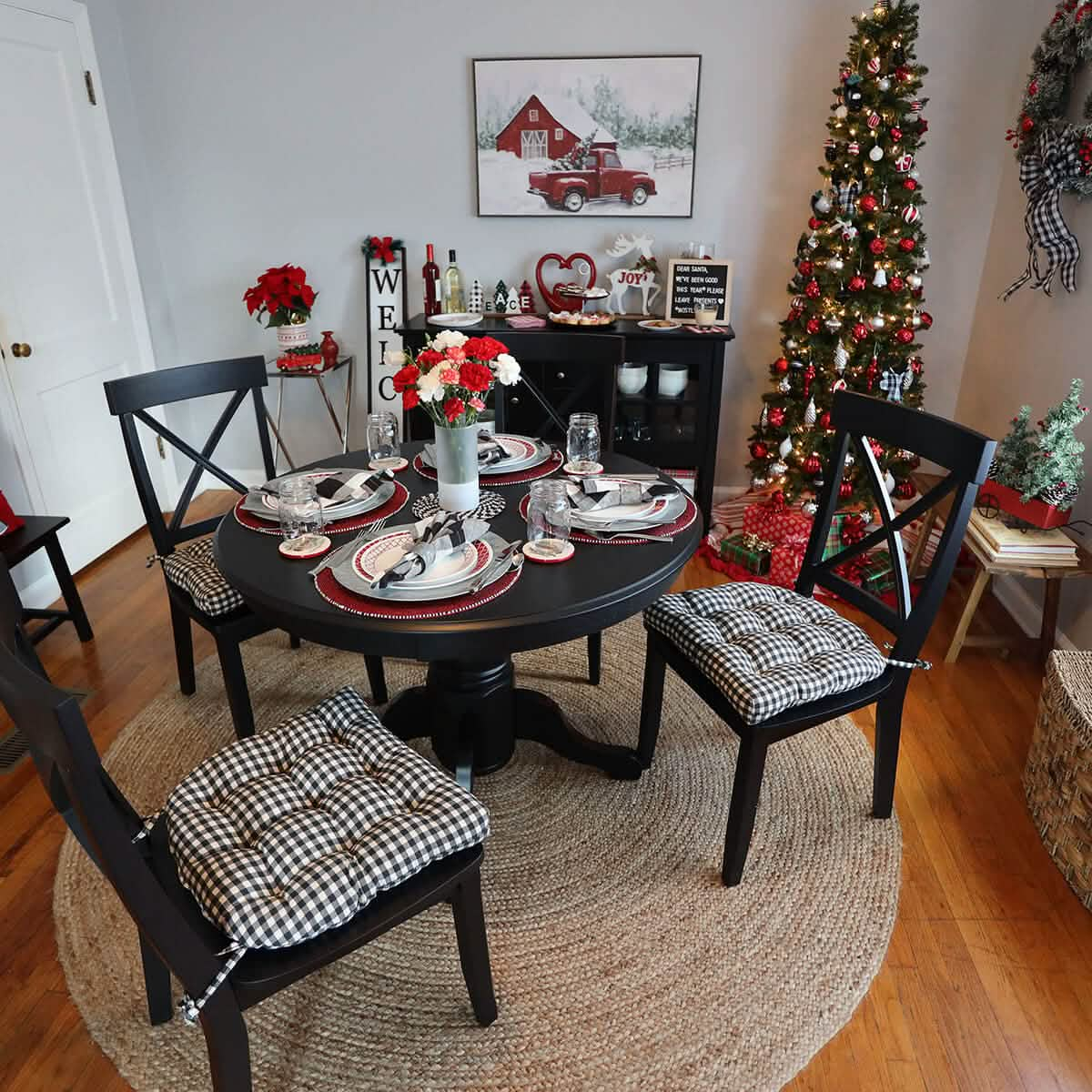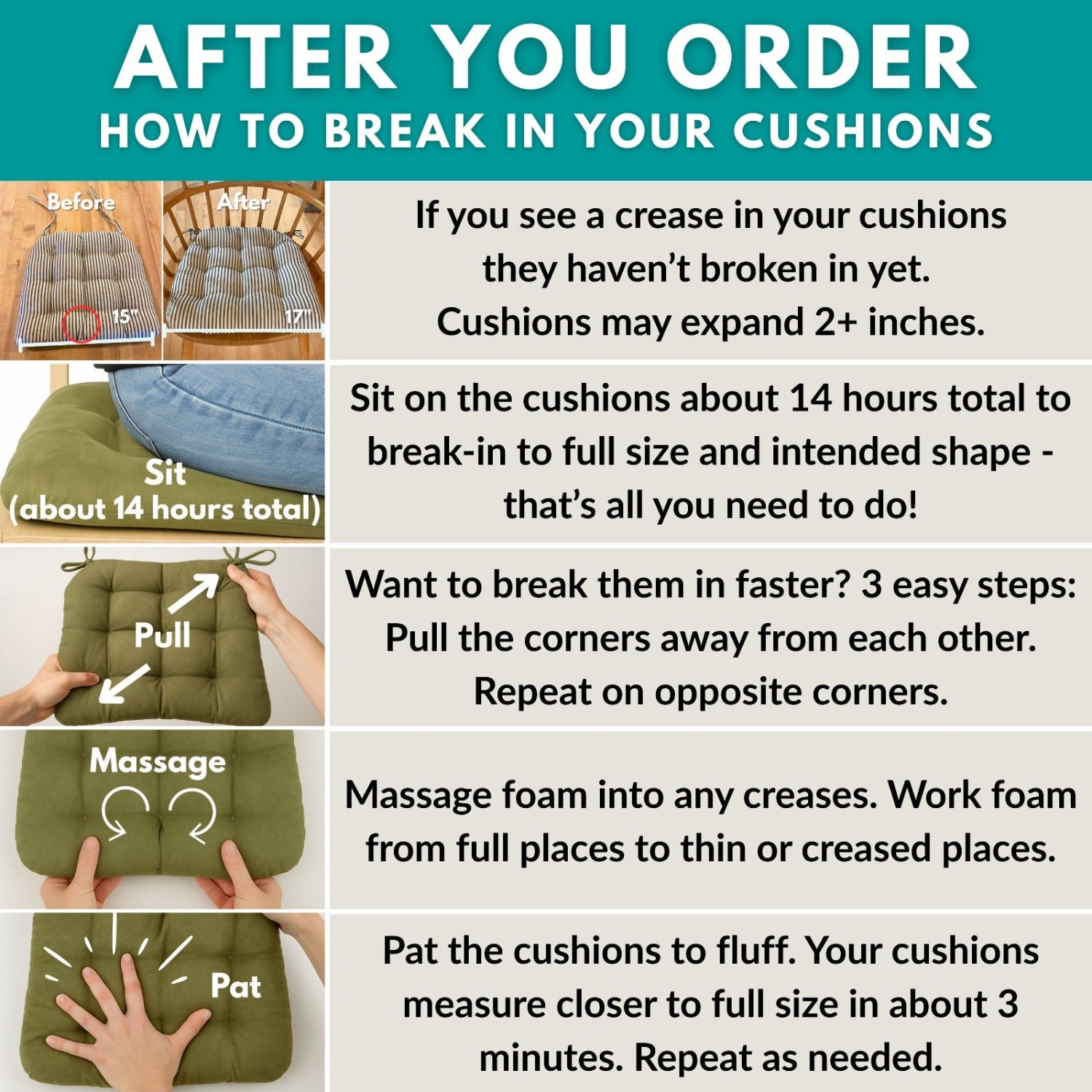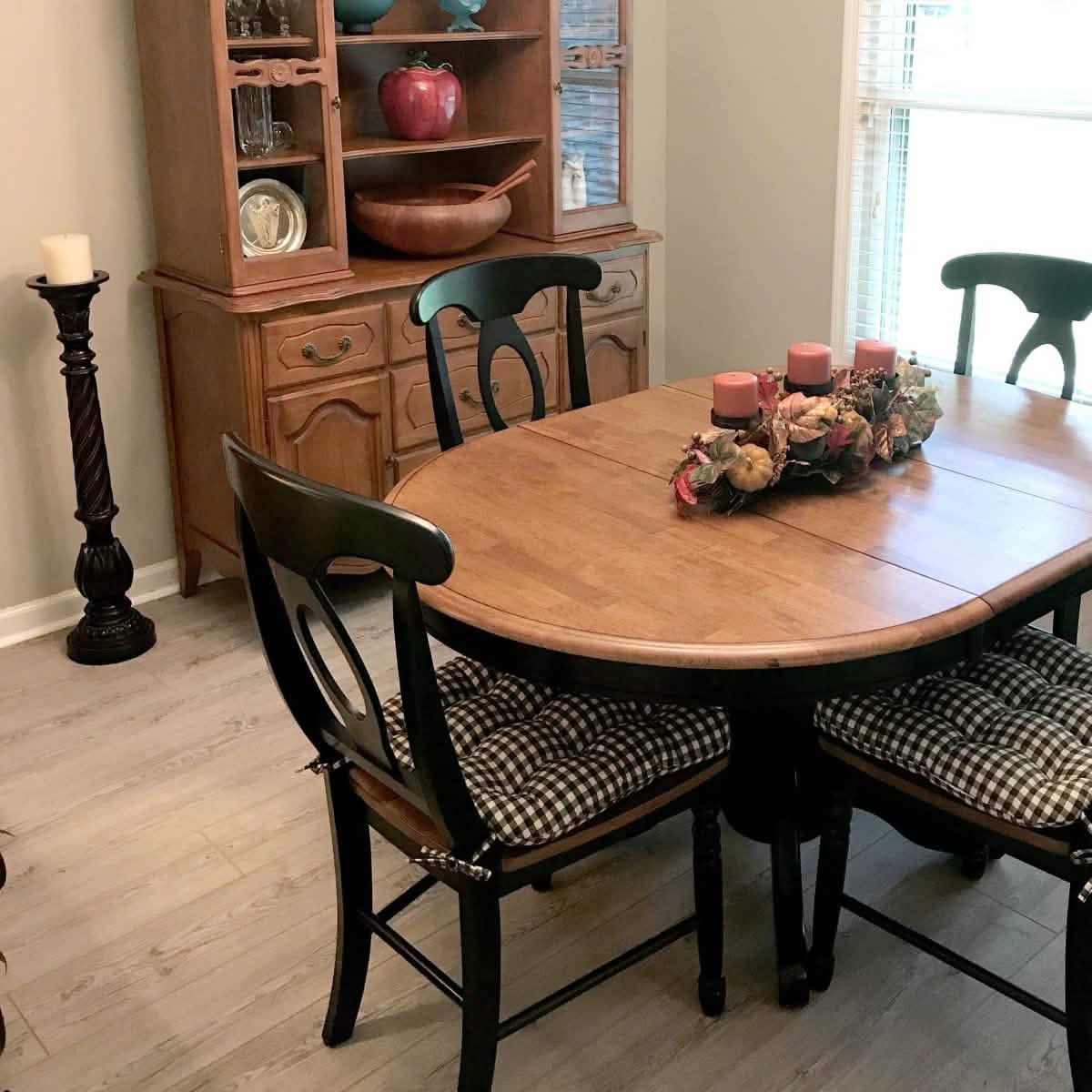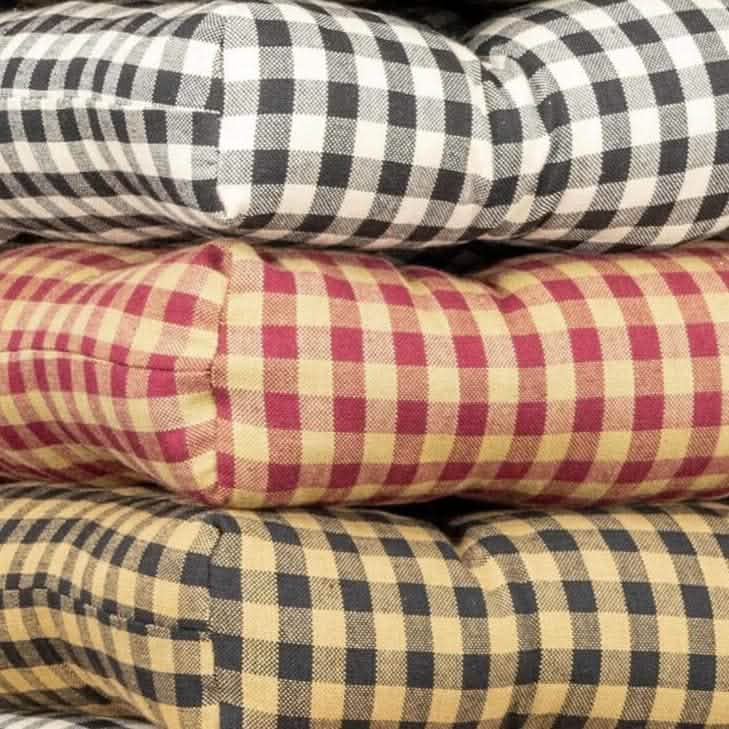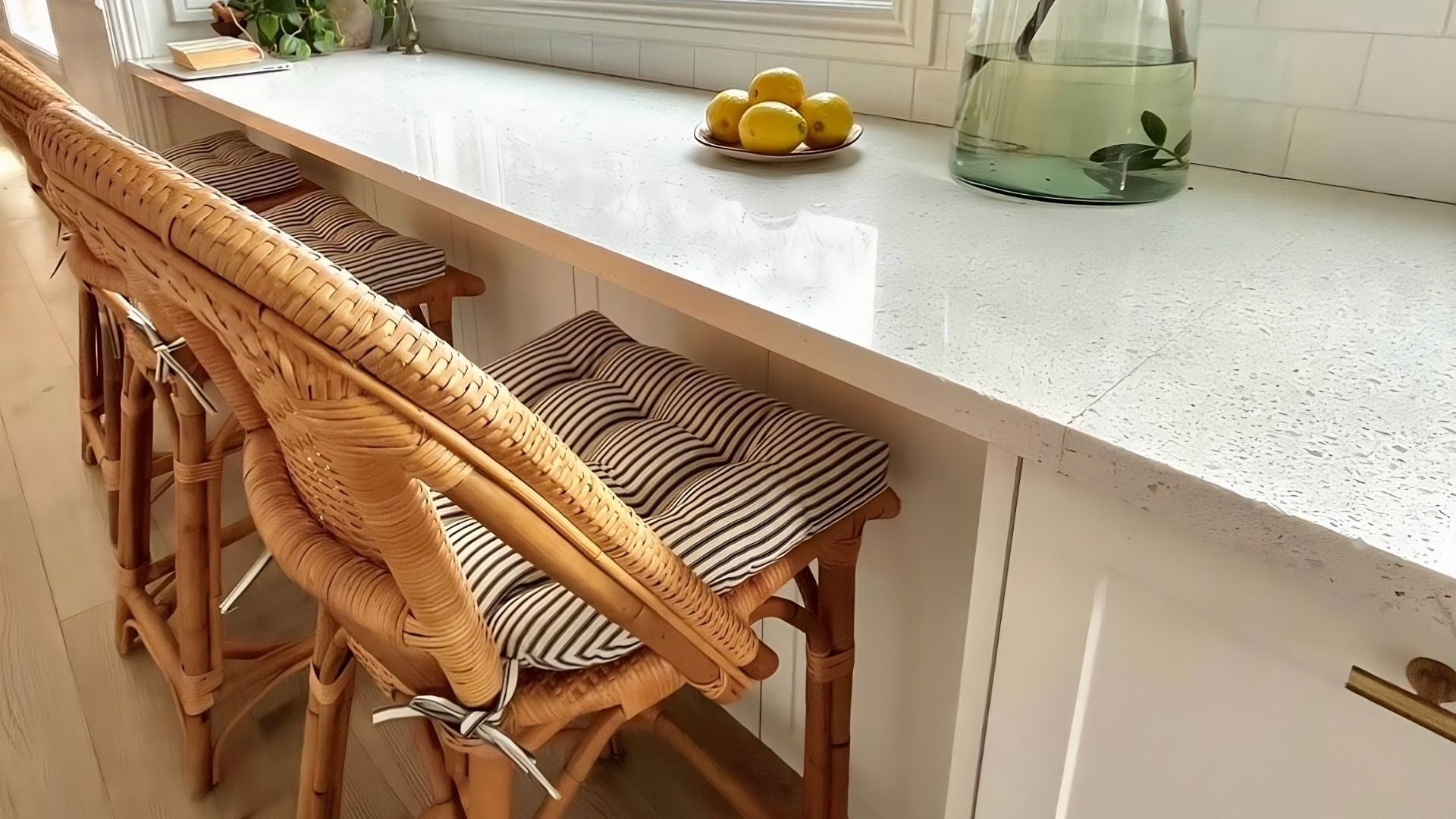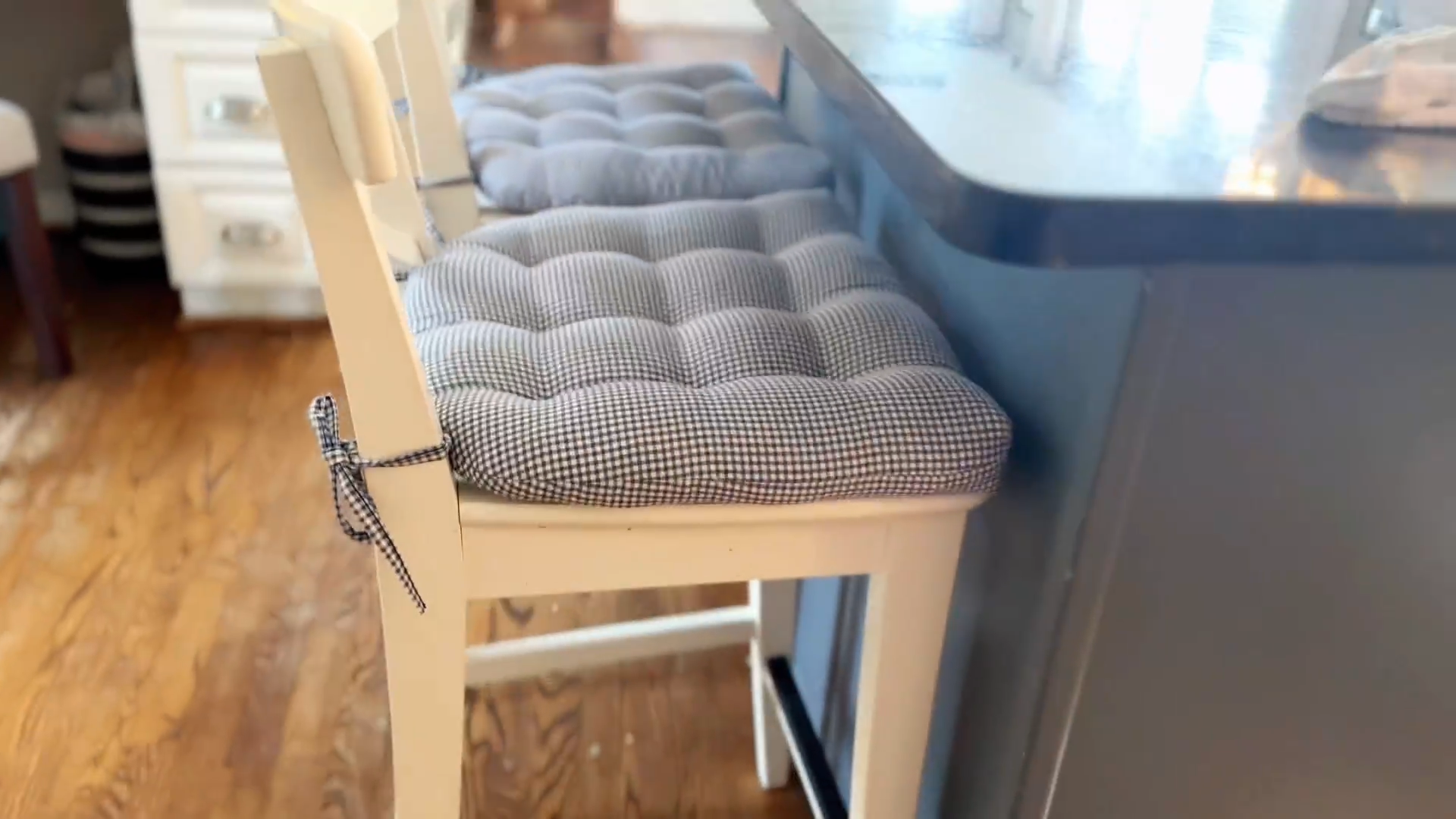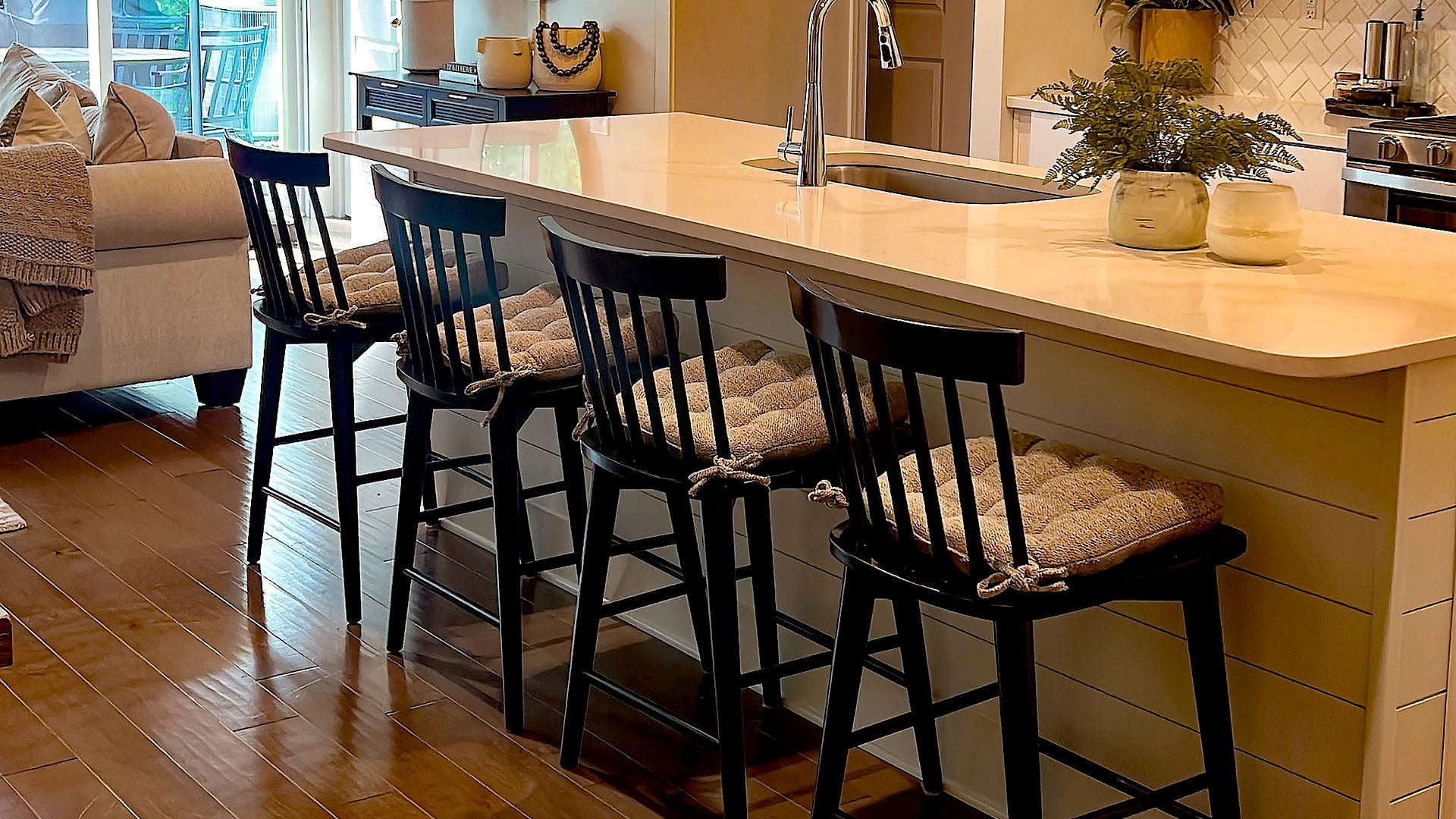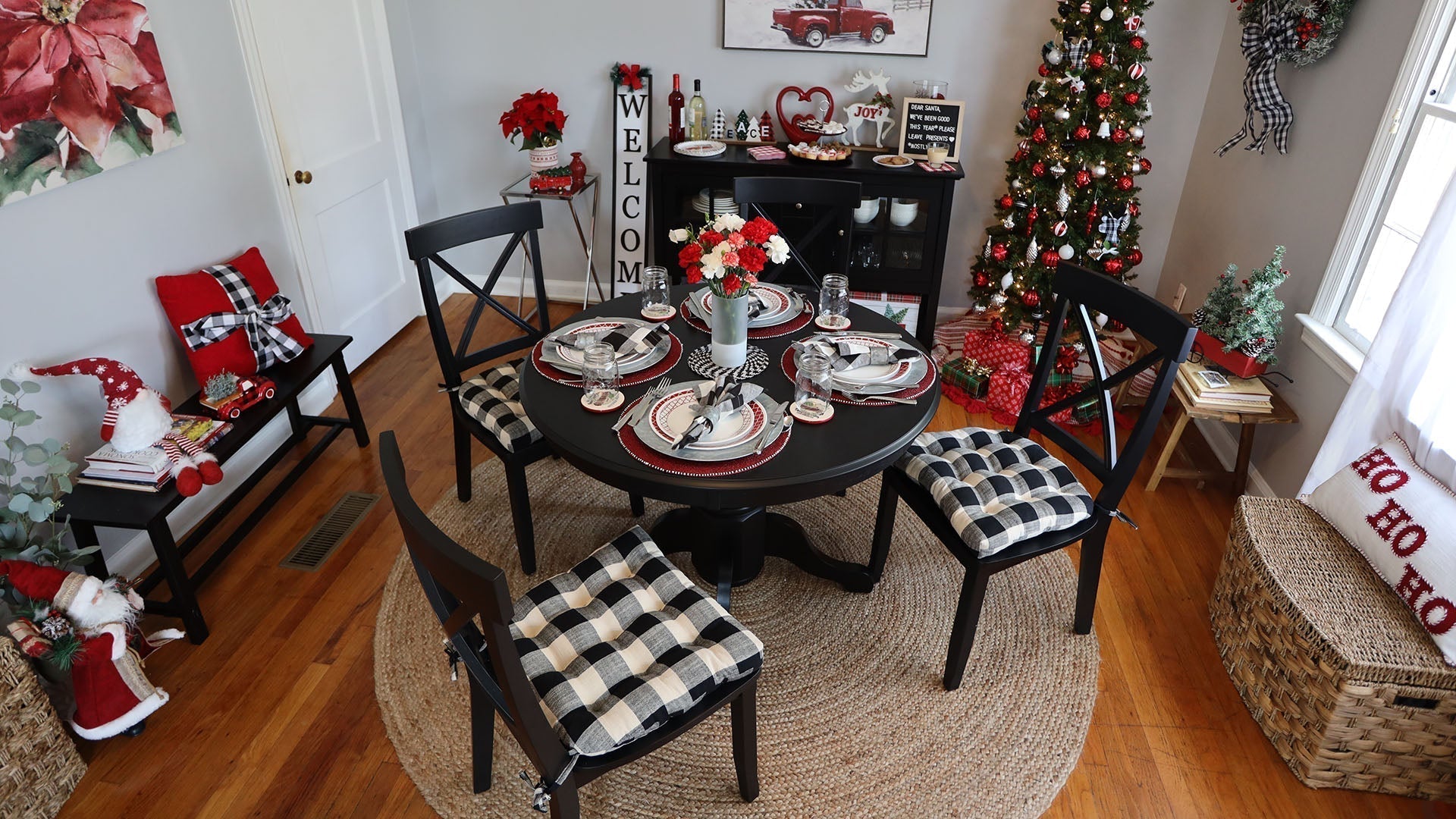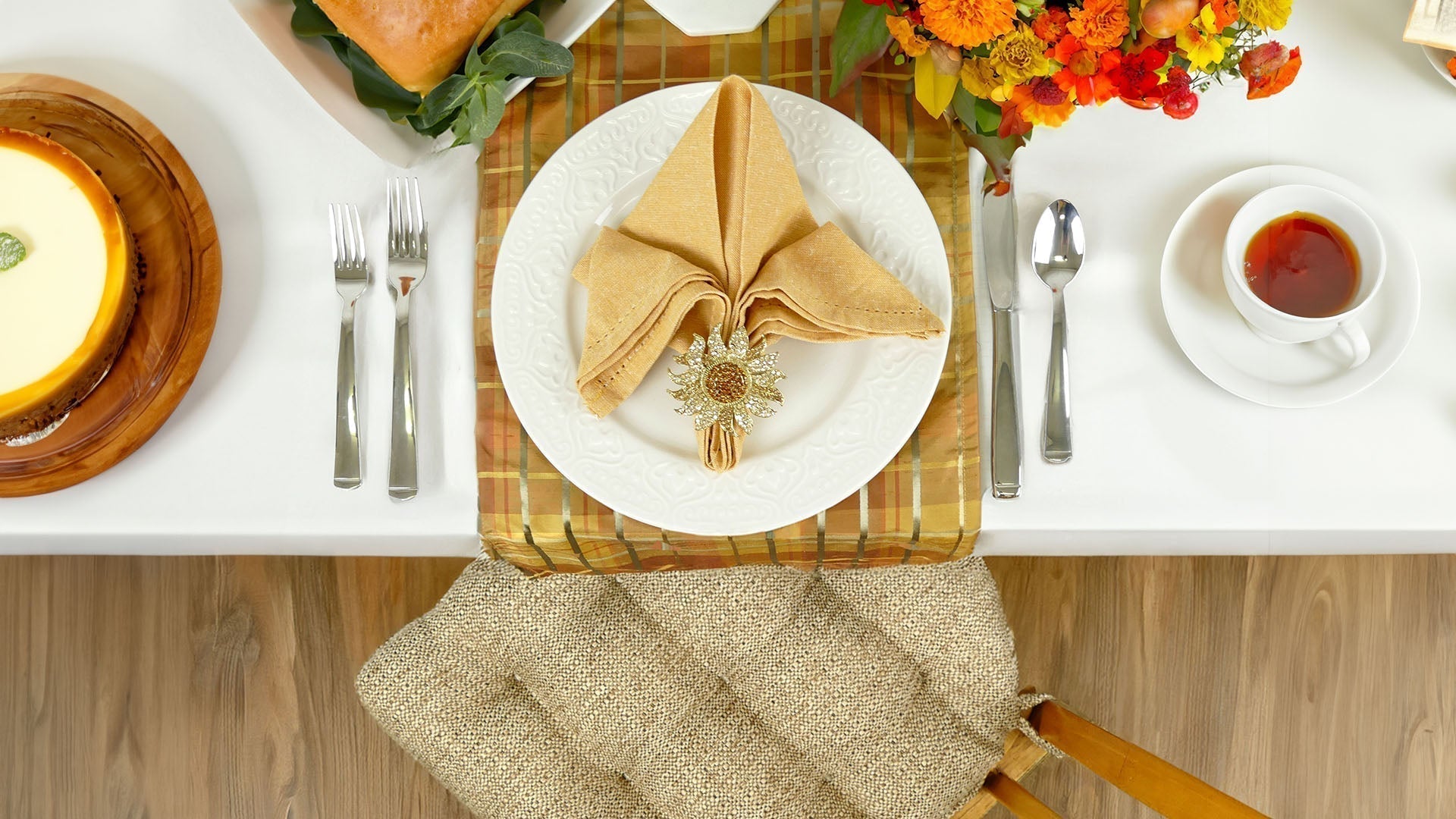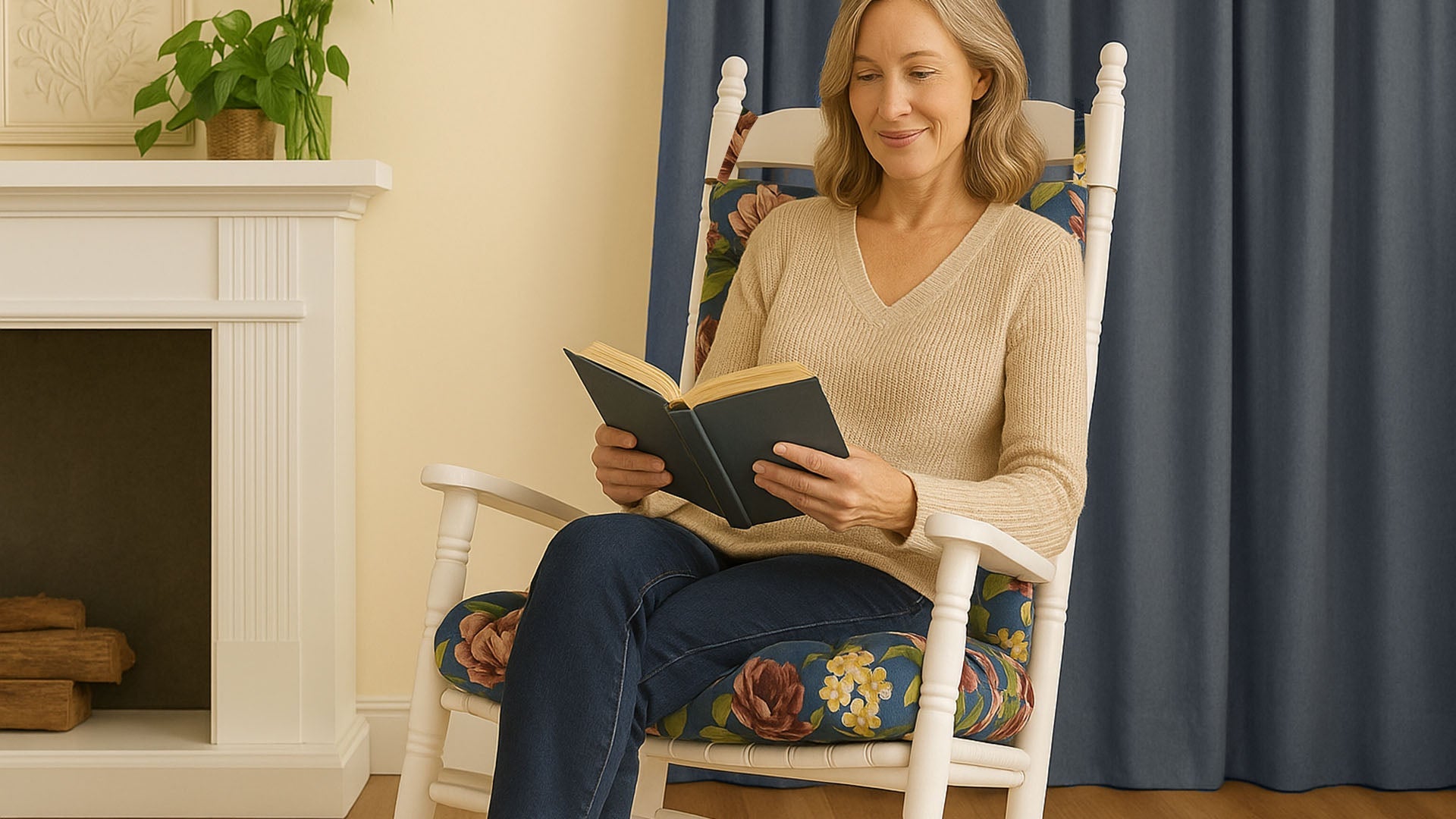In this tutorial we'll be discussing how to give your dining chairs a rustic farmhouse look with a whitewash paint technique. The reason we think "rustic farmhouse" when we see dining sets with this finish is linked to the real history of farmlife in America's heartland. What we'll be doing today is actually a faux finish using modern latex paint to create the look of the much earlier technique known as limewash. Farmers used lime in many agricultural applications so there was always a good supply on hand, plus it protected surfaces from insects and it was cheaper than paint; this made it a great choice for big outdoor surfaces like barns and fences. Limewash also has antibacterial properties, so it was a smart choice for the farmer's dairy and kitchen surfaces as well.
Limewash's distinct look comes from two characteristics: First, it's partly transparent, so you can see the wood grain through the finish in some places. And second, limewash tended to flake off after awhile, so the farmer would apply a new layer every year. Layers of limewash would build up in nooks and crannys, giving these areas a more opaque white coating. Broad areas where the wash was evenly distributed tended to be more transparent, and surfaces that came into a lot of contact with people and animals, such as seats and edges, would often be rubbed bare.
For this project you'll need
- dining chairs with traditional or primitive styling
- no cane backs or seats
- no upholstered surfaces
- fine grit sand paper or sanding block
- if your chair already has a finish on it you'll also need a medium grit sandpaper
- clean cloth or rags - lint-free
- water (distilled is best but you can get by with tap water)
- latex paint
- clean paint brush (angular sash brush with synthetic bristles is best)
- container to mix your paint and water
- water-based polycrylic


